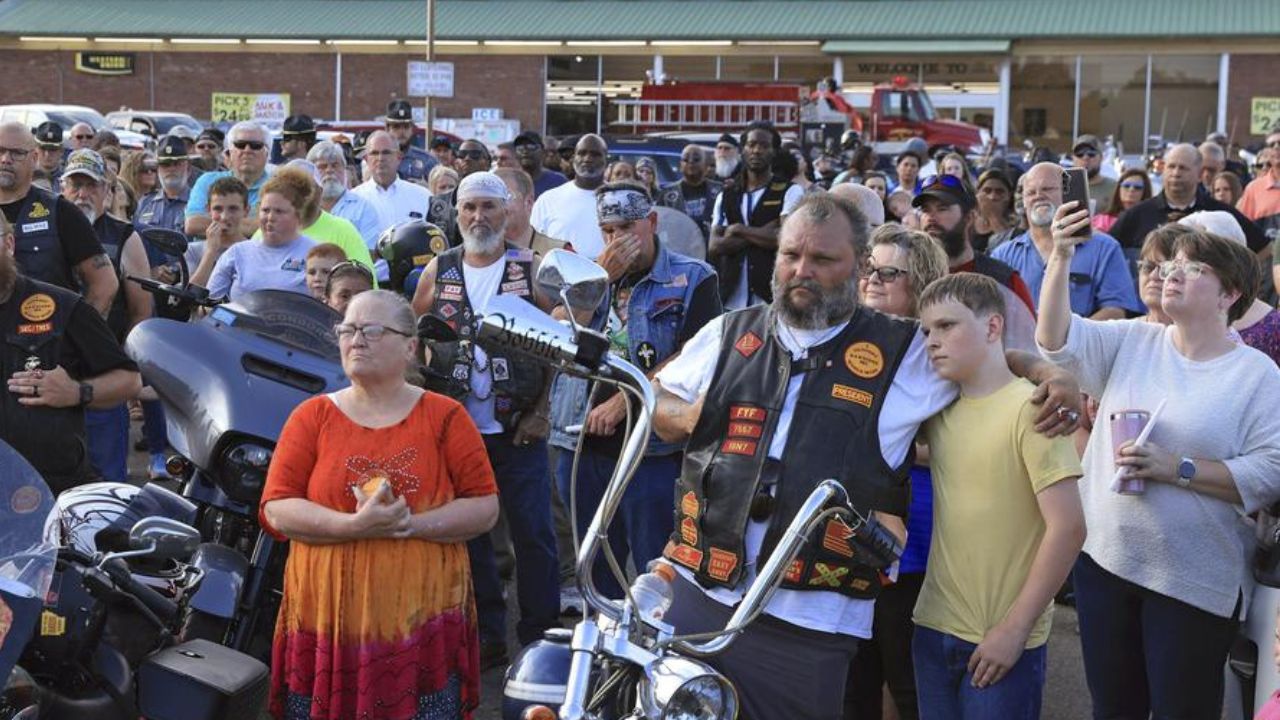Summertime Sees a Rise in Mass Shootings and Violent Crimes
Summertime is usually a time of increased violence and mass shootings, particularly around July Fourth, which is traditionally one of the bloodiest days of the year.
A year ago, over the holiday, many gunshots resulted in over 60 injuries and over 12 fatalities. Two years before, a mass shooting at a Fourth of July festival in the Chicago region claimed the lives of seven people. This year’s parade is returning for the first time since the massacre, but the mother of a 10-year-old child who was left crippled by the assault announced on Wednesday that her family will not be attending. Another wounded person, Keely Roberts, stated, “I don’t know if we’ll ever be able to attend the parade again.”
Gun Violence:
June, July, and August have experienced the most overall number of mass shootings over the previous ten years; as per the Gun Violence Archive, which keeps track of mass shootings involving four or more individuals regardless of whether they ended in death—the months of December through March had the lowest totals.
According to the database, Independence Day, she topped the list with 58 mass shootings over the previous ten years, closely followed by July 5.

Professor James Alan Fox of Northeastern University, a criminologist, said, “It’s the gathering, the free time, the drinking.” Fox is in charge of a database on mass killings that is kept up to date by USA Today and The Associated Press in collaboration with the university.
According to the statistics, there were 19 mass killings in the first half of this year, including 14 shootings, with at least four fatalities in the United States. With 39 mass shootings, the country saw the most since the tracking started in 2023.
Researchers identify several elements that have historically contributed to an upsurge in shootings and acts of violence over the summer.
Summer Break from School:
Mass murders are much more likely to occur in homes, and the victims are almost always intimate friends or relatives of the gunman.
According to Jesenia Pizarro, an Arizona State University criminology professor, there is a higher chance of more victims when everyone lives under one roof during the summer, families spend more time together, and youngsters are frequently at home all day.
Additionally, teenagers have more free time. She remarked, “The opportunities change in the summer.”
Three individuals were killed and eight injured in two mass shootings that occurred in Dayton, Ohio, hours apart in late June. According to authorities, one of the killings happened at a vacant house where hundreds of teenagers and young adults had congregated.
The city’s assistant chief, Eric Henderson, stated, “It could have been a lot worse,” pointing out that it was the third major party since mid-June when unrest broke out when youths took over an abandoned house.
Extra Social Gatherings:
Summertime festivals, block parties, and family reunions all bring people together and increase the likelihood of problems, especially when alcohol is used.
That is not to say that things of such nature don’t exist in January or March. Simply put, they’re not as prevalent as during the summer, according to criminologist Alex Piquero of the University of Miami. “We are aware of a noticeable spike in violence over the summer. I thus fully expect that to occur this summer. I hope it will happen the following year and the summer after that.
Although there is still a minimal chance of being a victim of a mass shooting, it does imply that if something happens at a busy event, there might be more casualties.
This summer’s first weekend saw several shootings at huge gatherings that left numerous people dead or injured. One such incident was in Montgomery, Alabama, where gunshots broke out at an unofficial street party attended by over a thousand people. Nine persons were shot, according to the police, and over 350 expended gunshot casings were discovered by the investigators.
Rising Temperatures and A Rise in Violent Crimes:
Studies have shown that tempers can rise not just in the summer but even in warm weather and above-average temperatures. Even while other factors frequently come into play, they correlate higher temperatures to increased violent crimes.
Jillian Snider, a lecturer at the former New York City police officer, said she had seen this personally in areas where residents were forced to walk outside onto their stoops or into parks on hot days due to a shortage of air conditioning.
She added that there’s nowhere to calm off, so tensions increase, aggravating people. “You’re just more upset, and there’s no way out of that.”


Comments are closed, but trackbacks and pingbacks are open.